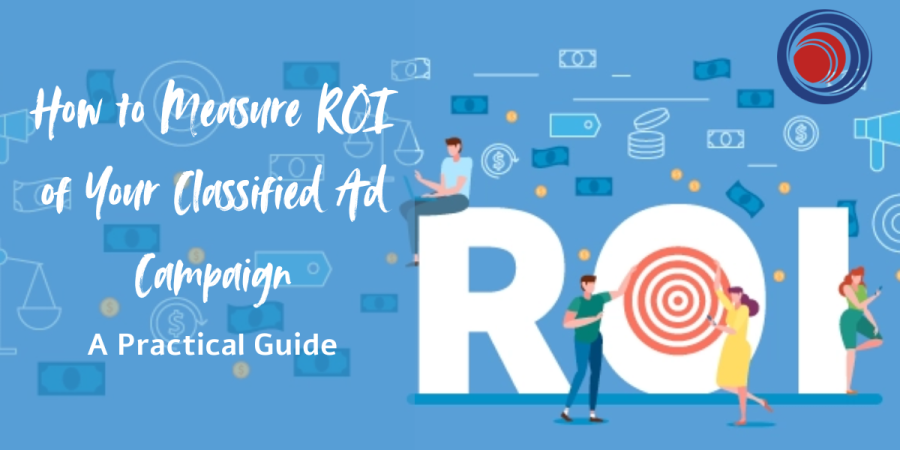Running classified ads can be a very cost-effective way to generate leads, sell products, or promote services. But if you don’t measure your return on investment (ROI), you may be pouring money into campaigns that don’t actually pay off. Here’s how to reliably measure the ROI of your classified ad campaigns — and use that data to make smarter decisions.
1. Define What “Return” Means for You
First, be clear about what “return” means in your campaign. Are you tracking direct sales, lead generation, or service bookings? Your definition of return will shape how you calculate ROI. For sales, return means revenue. For lead-based campaigns, it could mean how many leads convert into paying clients later.
2. Track All Costs — Not Just Ad Spend
To get a true picture of your ROI, include all costs, not just what you pay to run the ad. That means ad placement fees, creative costs (such as writing, images, or design), and any overhead (for example, staff time spent managing the campaign). This gives you a realistic “investment” figure.
3. Choose the Right Formula
A basic ROI formula is:
ROI = (Return – Cost) ÷ Cost × 100%
Here, “Return” is revenue or gross profit you earned from the ad, and “Cost” is your total investment.
If you simply want to measure ad efficiency, you could also calculate ROAS (Return on Ad Spend):
ROAS = Revenue ÷ Advertising Cost
This shows how much revenue each euro (or other currency) of ad spend produces.
4. Use Key Metrics to Break Down Performance
Beyond overall ROI, track useful performance indicators to understand what’s working:
- Click-through rate (CTR): how many people clicked your ad versus how many saw it.
- Cost per click (CPC): how much you paid for each click.
- Conversion rate: percent of clicks that turned into the action you desired (sale, lead, sign-up).
- Cost per lead (CPL): if you’re generating leads, your ad spend divided by number of leads.
Tracking these KPIs helps you optimize the campaign, not just evaluate profitability.
5. Attribute Revenue Accurately
If your classified ad drives people to a website or landing page, set up proper tracking (e.g., UTM parameters or tracking URLs) so you can tie conversions back to the campaign. If sales happen offline — say over the phone or in person — ask customers how they found you and use a simple tracking system. Proper attribution ensures your “return” number is valid.
6. Adjust for Other Factors
Be aware that not all increases in sales are due to your classified ads. Some might stem from other marketing activities, seasonal trends, or organic growth. Smart marketers adjust their calculations to account for this.
Also, if your customers have a lifetime value (CLV) – meaning they buy again in the future – factor this into your ROI to get a long-term perspective.
7. Use Tools to Simplify Measurement
Tools like Google Analytics, Google Tag Manager, or a CRM can help you track cost, clicks, conversions, and revenue in one place.
You could even use an ROI calculator to do the math more quickly.
8. Analyze and Iterate
Once you have your ROI and KPIs, take time to analyze what’s working. Are certain ads producing better conversion rates? Is your CPC too high? Use that insight to refine your targeting, creative, or messaging. Run A/B tests on your classified ads to gradually improve efficiency.
9. Report for Decision-Making
When you clearly measure ROI, you can make more informed decisions:
- Continue investing in ad placements that deliver a strong return.
- Cut or pause weak-performing ads.
- Reallocate budget toward the most cost-effective formats.
10. Review Regularly
Campaign performance changes over time, so make ROI measurement a regular habit. Review monthly or quarterly, and recalibrate your strategies based on real data. Over time, you’ll build a more predictive, effective classified ad strategy.
Why Measuring ROI Matters for Classified Campaigns
Without measuring ROI, classified ads are just a blind bet. By tracing every euro you spend to actual returns — and breaking down performance with smart KPIs — you gain clarity on what’s driving growth and what’s wasting money. That clarity helps you scale your efforts, reduce waste, and build a smarter, data-driven approach.

